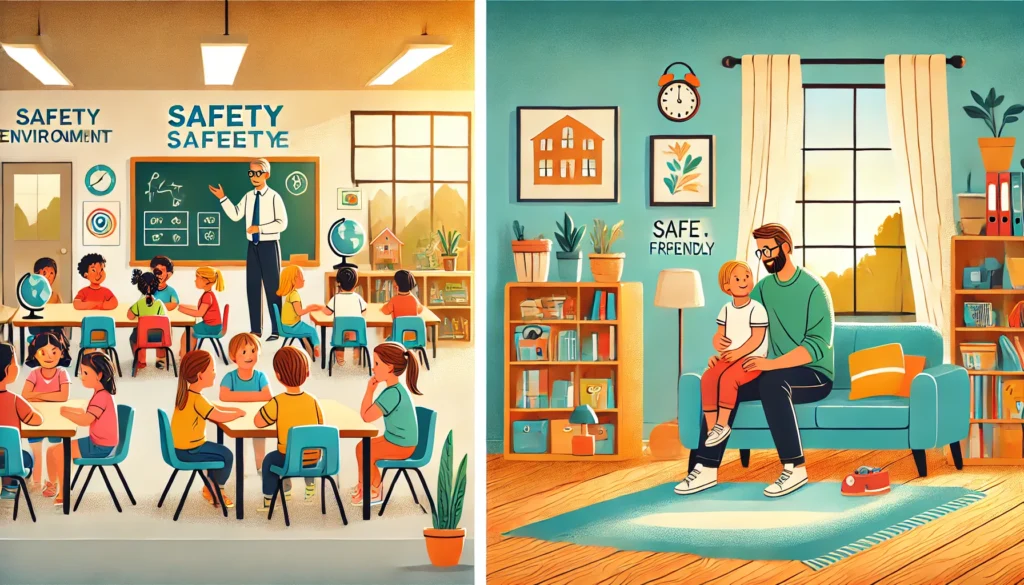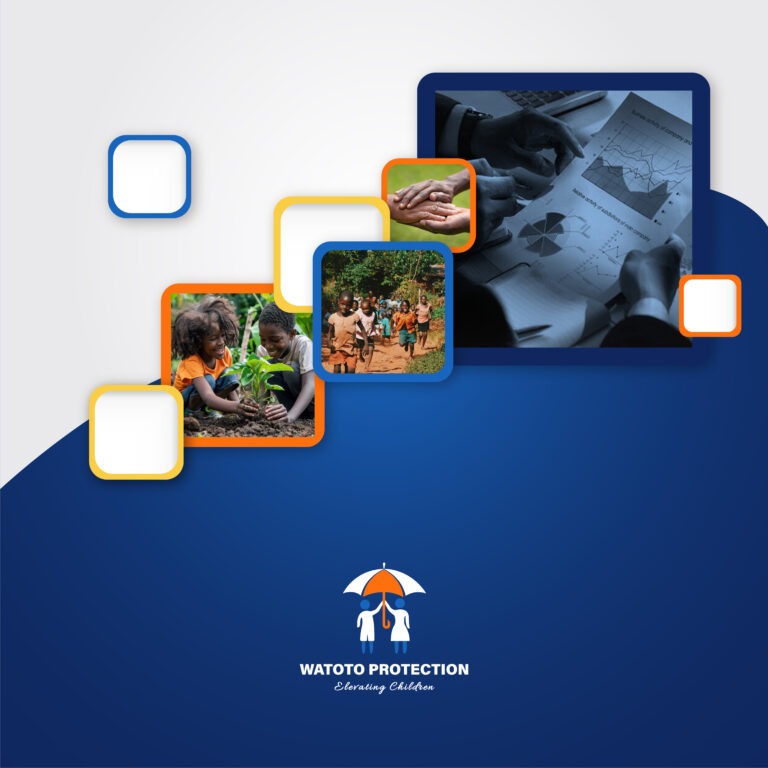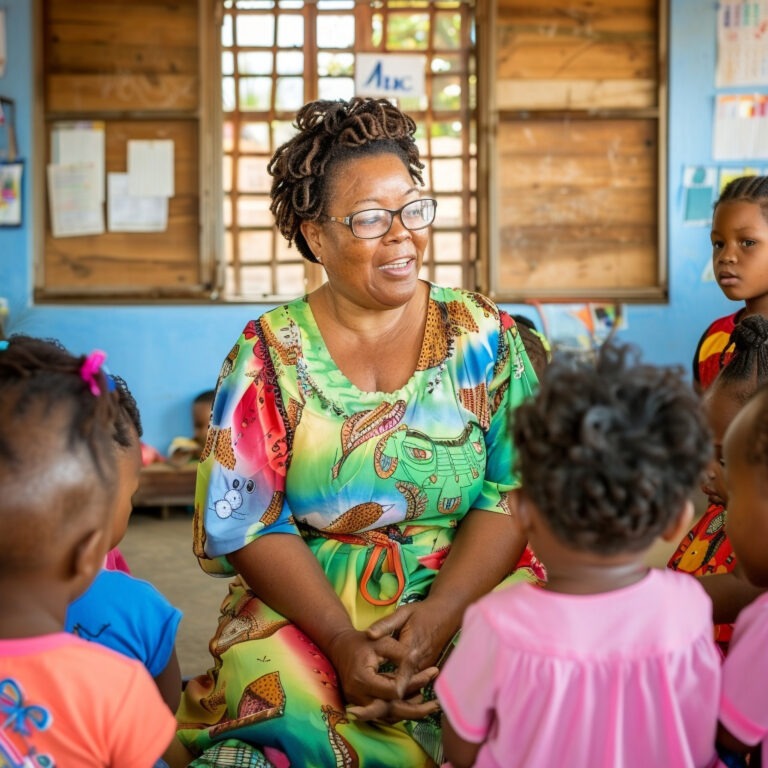Essential Tips for Every Parent and Educator in Creating a Safe Environment at Home and School

Creating a Safe Environment at Home and School: Essential Tips for Every Parent and Educator
In today’s world, creating a safe environment for children, whether at home or in school, is of utmost importance. A secure and nurturing environment promotes healthy emotional and psychological growth, allowing children to explore their world, build confidence, and learn without fear. Here are some practical, actionable tips to help ensure safety both at home and in educational settings.
1. Open Lines of Communication
- At Home: Encourage open dialogue by asking about your child’s day and listening without judgment. Make sure they feel comfortable sharing their thoughts and feelings. When children feel heard and understood, they’re more likely to speak up if something is troubling them.
- At School: Teachers and school staff can foster communication by creating a welcoming atmosphere where students feel safe to express their feelings. This could be through regular check-ins, open-door policies, or school programs that promote mental well-being.
2. Teach Basic Safety Rules
- At Home: Equip children with age-appropriate safety knowledge. Teach younger children their full name, address, and your phone number in case they ever get lost. Encourage older children to be cautious online and to avoid sharing personal information with strangers.
- At School: Schools should establish clear safety protocols and communicate them effectively to students. For instance, regular fire drills, emergency evacuation procedures, and anti-bullying policies empower students to act responsibly in different situations.
3. Create Boundaries and Set Expectations
- At Home: Set clear rules around acceptable behavior and personal boundaries. Explain what is safe and unsafe and the reasons behind these rules. Let children know they have the right to say “no” if they feel uncomfortable, even with adults.
- At School: Teachers should emphasize the importance of respecting personal space and promoting kindness. Clear guidelines around classroom behavior and interaction, especially in group settings, can help reduce the likelihood of conflict or bullying.
4. Ensure Supervision in Physical Spaces
- At Home: Keep hazardous materials out of reach, lock doors to any restricted areas, and ensure that play areas are free from dangers. Secure furniture and heavy items to prevent accidental falls and maintain a safe layout in your home.
- At School: Schools should establish a routine for supervising playgrounds, hallways, and cafeterias, where children often interact more freely. Playground equipment should be well-maintained, and classrooms should be arranged to minimize risks of accidents.
5. Encourage Peer Support and Inclusivity
- At Home: Encourage your child to develop friendships with others who show kindness, respect, and compassion. Talk to them about how they can support their friends if they see them struggling.
- At School: Schools can promote a culture of inclusivity by recognizing diverse backgrounds, needs, and strengths of each student. Implementing buddy systems, inclusive group activities, and mentorship programs helps create a sense of belonging and safety.
6. Foster Emotional Intelligence
- At Home: Help children recognize and articulate their emotions. You can do this by discussing how they feel about different situations and showing empathy when they’re upset. Understanding emotions helps children cope better with stress and makes them more resilient in the face of challenges.
- At School: Teachers can use activities like role-playing, journaling, and group discussions to help students recognize and express emotions in a healthy way. Teaching empathy, conflict resolution, and stress management in schools can empower students to handle difficult situations with understanding.
7. Establish a Relationship with School Staff
- At Home: Parents should establish strong communication channels with teachers, counselors, and school staff. This ensures you’re aware of what’s happening at school and can work together with staff to address any concerns about your child’s safety and well-being.
- At School: Teachers and school staff should actively reach out to parents or guardians and create an open line of communication. Regular updates and collaborative relationships ensure that children have a support system both at home and in school.
8. Encourage Responsible Online Behavior
- At Home: In the digital age, online safety is crucial. Teach children to keep their personal information private, be cautious of strangers, and report anything that makes them uncomfortable. Monitor their internet usage, especially with younger children, to ensure they’re staying safe online.
- At School: Schools should implement internet safety protocols, educate students about cyberbullying, and emphasize the importance of digital citizenship. By teaching students the consequences of unsafe online behavior, schools can contribute to a safer online environment.
9. Educate About and Prevent Bullying
- At Home: Discuss what bullying is and explain why it’s unacceptable. Empower your child to speak up if they or someone else is being bullied. Knowing they have your support can give them the courage to report such incidents.
- At School: Schools should have clear anti-bullying policies and intervention strategies. Teachers can create anonymous reporting channels and encourage students to support one another. Holding regular workshops on bullying awareness can also help students understand the impact of their actions.
10. Model Safety and Kindness
- At Home: Set an example by demonstrating safe habits, like wearing seatbelts, using respectful language, and showing kindness to others. Children learn a lot by observing the adults around them.
- At School: Teachers and school staff can model respectful behavior by treating students with patience and kindness. Leading by example fosters a culture of mutual respect and safety.
A safe environment at home and school isn’t just about reducing physical dangers; it’s also about creating a space where children feel protected, valued, and understood. By incorporating these practical tips, we can all contribute to nurturing environments that support the physical and emotional well-being of children, laying a foundation for their growth, confidence, and success.
Together, as parents, educators, and caregivers, let’s take proactive steps to protect our children and help them flourish in a world that feels secure and compassionate.




